The Indian Ocean’s last unknown destination – where I had my most shambolic holiday ever
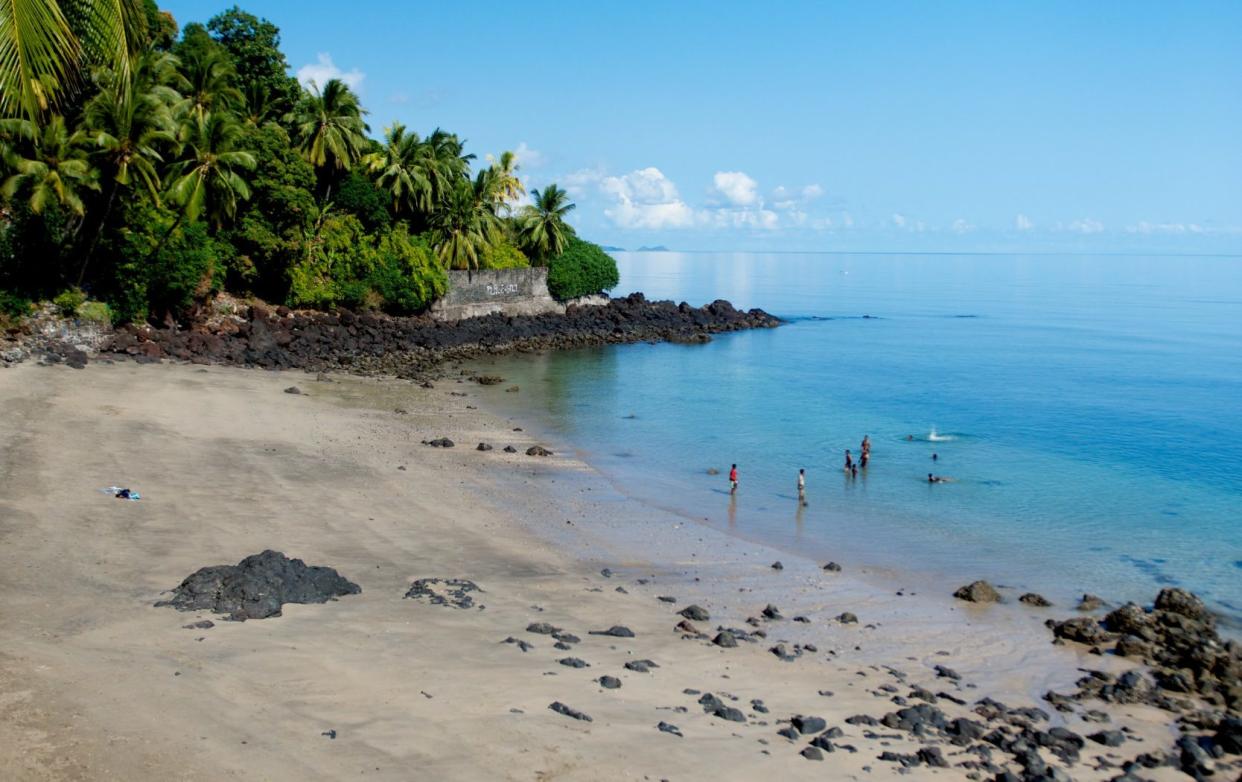
A little context is required to explain why my holiday in Comoros was my most shambolic ever.
Back in 1975 the four Comorian islands, located between Zanzibar and Madagascar, had a decision to make about whether to cede from French rule. Mayotte stuck with France, but three of them, Grande Comore, Anjouan, and Mohéli, chose a ‘Comexit’ and formed the independent Union of Comoros.
It hasn’t been a roaring success. Comoros post-independence has been beset by political upheaval (with more than 20 coups or attempted coups in 50 years) and economic malaise. Every year thousands of Comorians, seeking a better future, reach Mayotte, ergo France, in dangerous small boat crossings and in recent months the influx has triggered mass protests in Mayotte as its economy feels the strain.
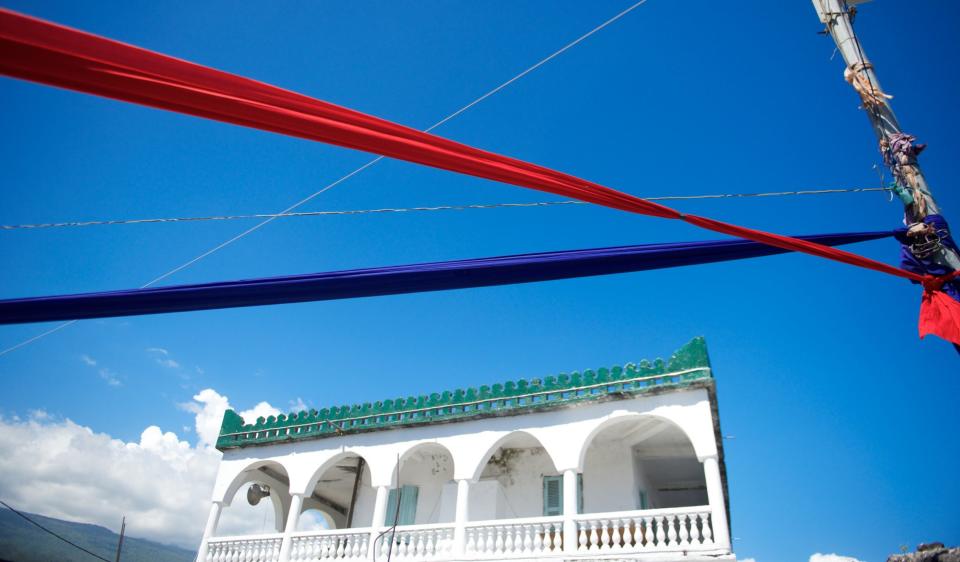
Still, I’m a sucker for faraway places so I bucked the outmigration trend to join a modest influx of tourists. Jim O’Brien, the founder of tour operator Native Eye sends around 40 guests each year. “It’s for those who like their travel just about as far off the beaten track as it comes,” said O’Brien, who described Comoros as a “low-key Zanzibar”.
The seductive promise of East African Swahili culture and a spice trade history certainly had me salivating. Once christened the ‘Perfume Islands’ due to its nutmeg and cloves trade, tenth-century Arabic traders had another sobriquet – the ‘Islands of Qamar (the moon)’, on account of its lunar-like volcanic landscapes. Arriving at Grande Comore, the largest island, my flight from Paris swooped over the hulking 7,800ft-high volcano Mount Karthala before landing.
I clung to romantic ideals even after an unpromising drive from the airport, crossing a lava plain of litter and unfinished buildings, into the capital Moroni, whose beach possessed a million times more discarded plastic than wooden dhows.
Moroni’s architectural centrepiece is the whitewashed 15th-century Old Friday Mosque, which curves around a lava headland like a fancy wedding cake. I watched worshippers in ankle-length kanzu robes stream out of morning prayer. Abdur-Rahman, an elderly English-speaker, invited me for cardamom-spiced coffee in the cramped hillside medina, just behind the mosque. “Our country is poor – the problem is politicians steal everything,” he told me. In 2018, long-time incumbent, President Assoumani, tinkered with the constitution so he could remain in office beyond two terms. He retained power recently, in January 2024’s election.
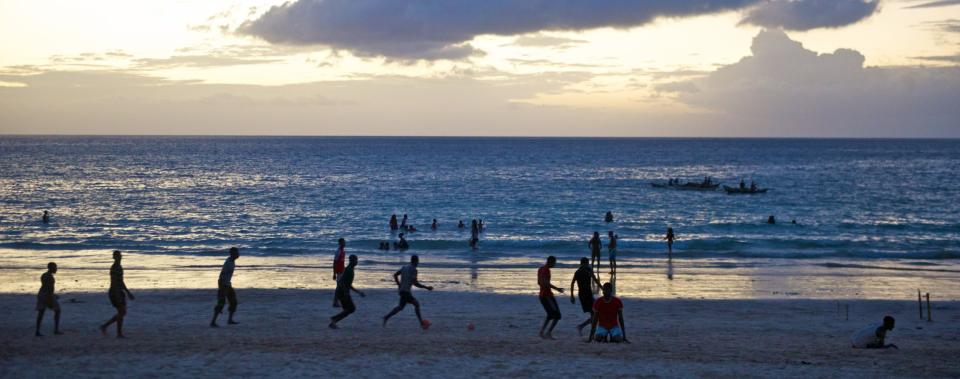
The nightlife barely shakes its stuff, but I found a favourite sundowner spot, a beach bar at Itsandra with a wooden deck selling French beer and brochettes of grilled tuna. It was a short taxi-ride from my beachside hotel, Golden Tulip, which was pleasant enough. My huge windows offered no privacy, but fabulous panoramic sea views.
Outside Moroni, it wasn’t straightforward getting around, so I hired Mohammed Yahya’s taxi for €55 and he drove me around the baobab-studded north. At Lac Salé, a preternaturally green lake fills a volcanic vent, which Mohammed insisted was bottomless.
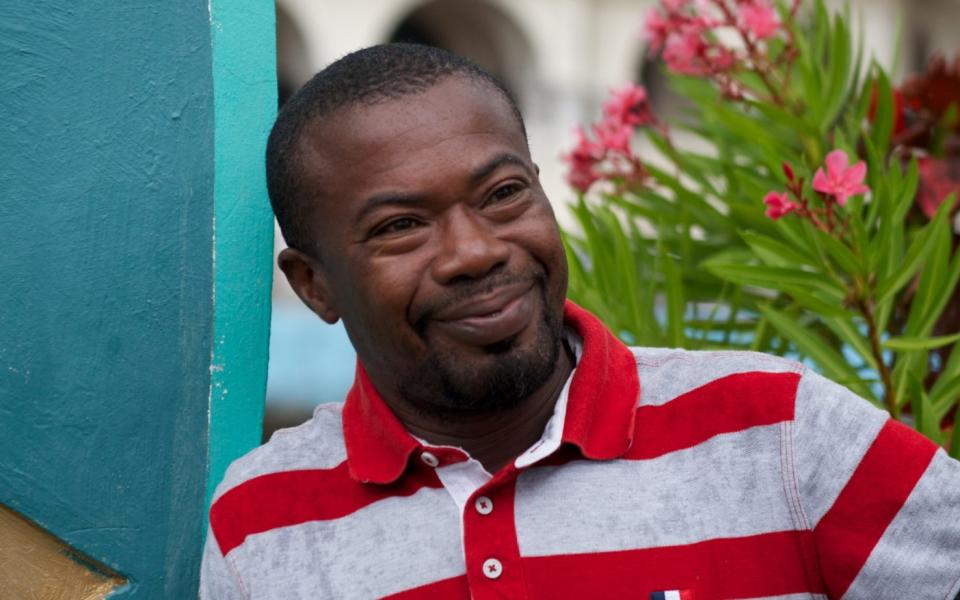
Mount Karthala meanwhile is only accessible on foot. My guided hike to its crater became a 13-hour return footslog, departing with the first adhan and returning jelly-legged to a blood-red Indian Ocean sunset. But it was impressive. Above cloud forest the crater manifests as a scorched plain of chocolatey volcanic gravel; the hissing fumaroles and pungent sulphur dioxide suggested Karthala’s 2007 eruption will not be its last.
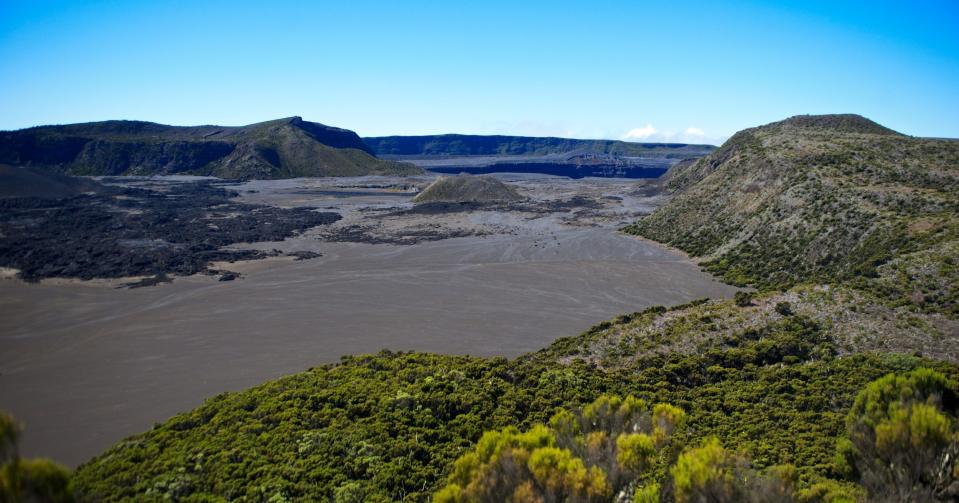
The next day I planned to fly to Mohéli, the most naturally beautiful of Comoros’ three islands, with creamy white-sand beaches backed by rainforest. I’d been drooling over pictures of a swanky seaside resort, for which I had a reservation, near a turtle-nesting beach. Paradise, I imagined.
Then all internal flights in Comoros were cancelled for no obvious reason other than political shenanigans. I went down to the harbour to see about a boat, but the armada of kwasa-kwasa looked far from seaworthy and I’d heard many migrants attempting to reach Mayotte in them had lost their lives.
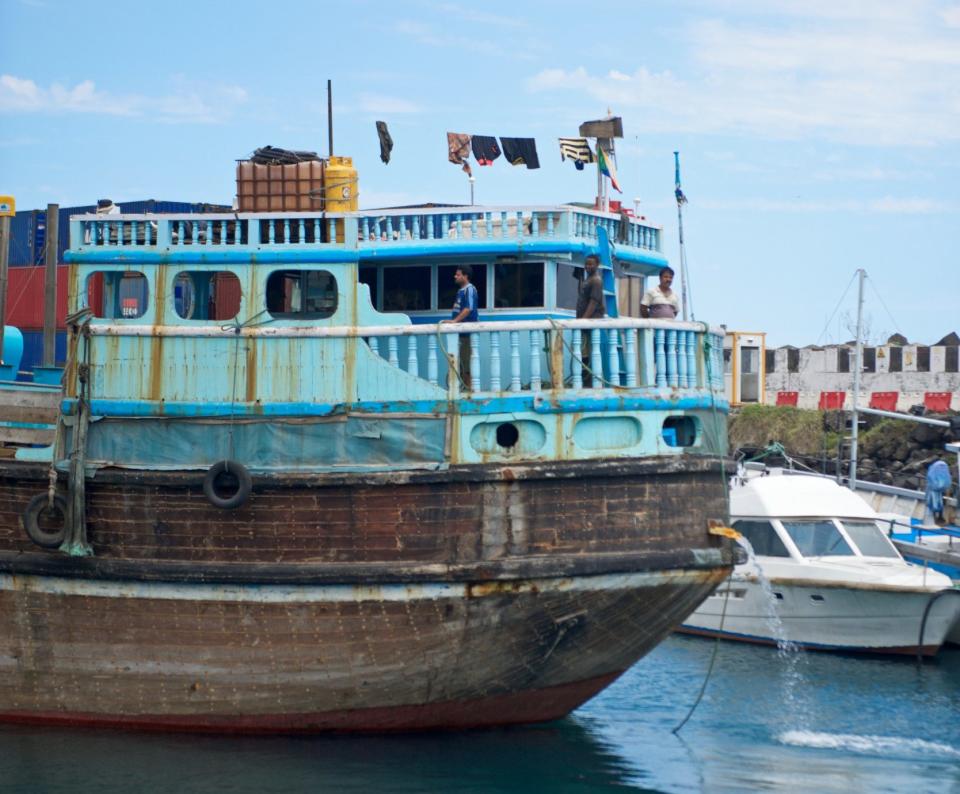
Frustrated, I boarded a regular ferry to Anjouan Island. The Gombessa sat in port for hours as every scintilla of space was filled, and then groaned in protest as it slowly chugged to Anjouan, arriving in pitch darkness in Mutsamudu City. My accommodation, the jaded Hotel Al-Almal, at least had good views of fruit-bats the size of pterodactyls crashing around the shoreline trees.
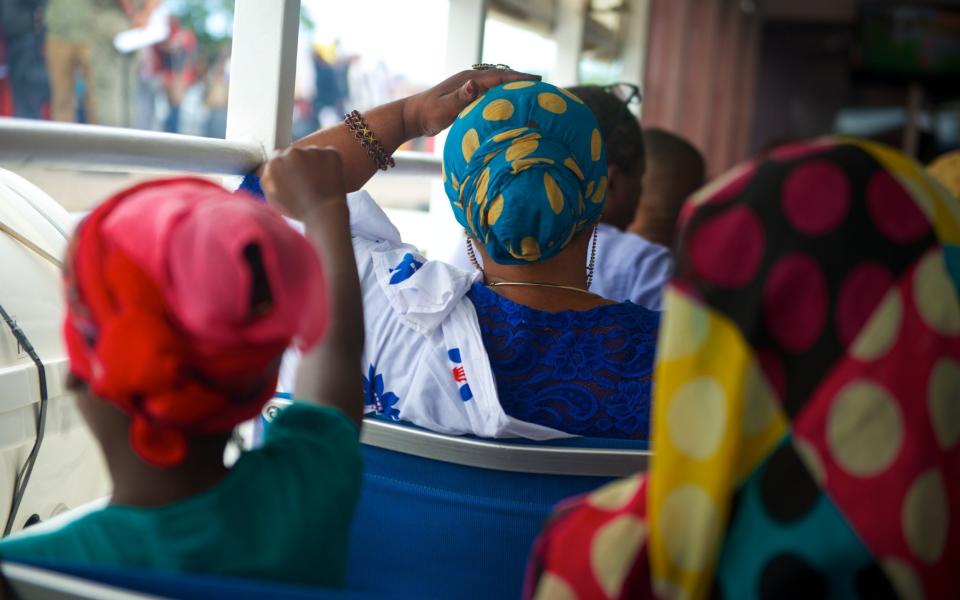
Joie de vivre was restored the next morning after a baguette and local coffee, and I contacted one of Anjouan’s few guides. “Welcome to the spice island,” said Patrice Kalde, who took me on a tour that went swimmingly until his vehicle broke down. Anjouan’s uplands are fragrant with nutmeg, vanilla, and cloves, and at a small distillery bundles of perfumed ylang-ylang petals are loaded into an ancient-looking woodfired tank. “The essence goes to France to be used in Chanel No 5,” said Kalde.
Nearby, an impressive marble tomb fashioned like a mosque is dedicated to ex-President Abdallah. He seized power by coup but was assassinated in 1989. He must have been popular with a mausoleum this grand, I suggested. “Not at all. He built nothing, created no jobs, and everybody stayed poor except him,” Kalde responded, with resignation.
Soon after, I bade Comoros adieu and flew to Mayotte. International flights were functioning. It was like travelling 50 years into the future. Modern boutiques, pleasant cafes selling all manner of viennoiserie, clean swimmable beaches, and in lushly green mountains around Sangoro Mbili, I saw lemurs. Madame le Guillou, a French expat, provided a breakfast of homemade conserves at her bijou forest hideaway, Le Relais Forestier. It was my first cockroach-free night in two weeks.
If I went again, I would join a tour to circumvent the frustrations experienced in a country better suited for adventurous backpackers with the patience of Job. Jim O’Brien told me his August tour is fully booked, so he’s running another later this year. Comoros has potential, you just need a little local help to tease it out.
Native Eye’s nine-day ‘Comoros: Islands of the Moon’ tour costs £1,775pp not including flights. Its next departure is October 21 (www.nativeeyetravel.com)

